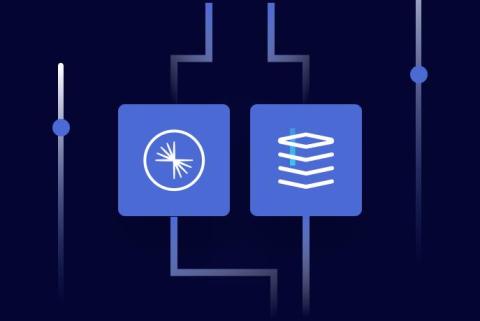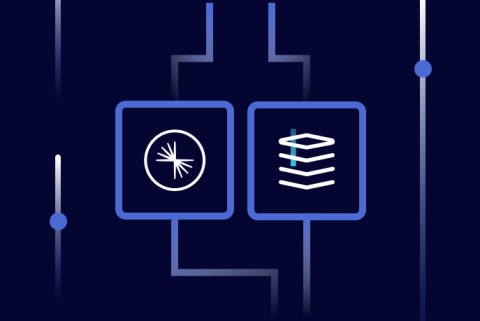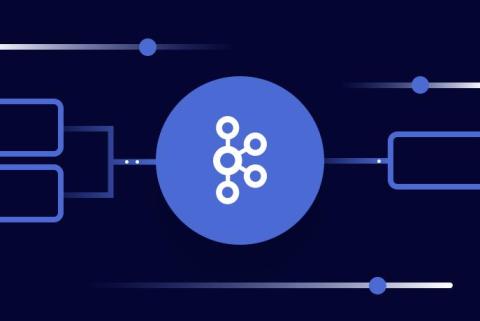Systems | Development | Analytics | API | Testing
Latest Posts
New with Confluent Platform: Seamless Migration Off ZooKeeper, Arm64 Support, and More
How to Use Confluent for Kubernetes to Manage Resources Outside of Kubernetes
Confluent's Customer Zero: Building a Real-Time Alerting System With Confluent Cloud and Slack
Extending the Confluent CLI With Custom Plugins
A good command line interface is essential for developer productivity. If you look at any of the major cloud providers, they all have a robust CLI API that enables you to achieve high productivity. The key benefits of a CLI include: Confluent offers a powerful CLI that lets you quickly create and manage Apache Kafka® clusters and Apache Flink® compute pools and all associated operations with both.
Getting Started with OAuth for Confluent Cloud Using Azure AD DS
Released in December 2022, OAuth support on Confluent Cloud allows Confluent Cloud users to integrate their own third-party identity provider (IdP) with Confluent Cloud, centralizing account management across all of their cloud services. This article explains how to configure Azure Active Directory DS (Azure AD DS) and Confluent Cloud so that the Azure Directory can be used to authenticate and authorize applications to use Confluent Cloud clusters.
Turbo-Charging Confluent Cloud To Be 10x Faster Than Apache Kafka
At Current 2023, we announced that Confluent Cloud is now up to 10x faster than Apache Kafka®, thanks to Kora, The Cloud-Native Kafka engine that powers Confluent Cloud. In this blog post, we will cover what that means in more depth.
Simplify and Accelerate Your Data Streaming Workloads With an Intuitive User Experience
Happy holidays from Confluent! It’s that time in the quarter again, when we get to share our latest and greatest features on Confluent Cloud. To start, we’re thrilled to share that Confluent ranked as a leader in The Forrester Wave™: Streaming Data Platforms, Q4 2023, and The Forrester Wave(™): Cloud Data Pipelines, Q4 2023! Forrester strongly endorsed Confluent’s vision to transform data streaming platforms from a “nice-to-have” to a must-have.
Making Flink Serverless, With Queries for Less Than a Penny
Imagine easily enriching data streams and building stream processing applications in the cloud, without worrying about capacity planning, infrastructure and runtime upgrades, or performance monitoring. That's where our serverless Apache Flink® service comes in, as announced at this year’s Current | The Next Generation of Kafka Summit.
Enterprise Apache Kafka Cluster Strategies: Insights and Best Practices
Apache Kafka® has become the de-facto standard for streaming data, helping companies deliver exceptional customer experiences, automate operations, and become software. As companies increase their use of real-time data, we have seen the proliferation of Kafka clusters within many enterprises. Often, siloed application and infrastructure teams set up and manage new clusters to solve new use cases as they arise.







